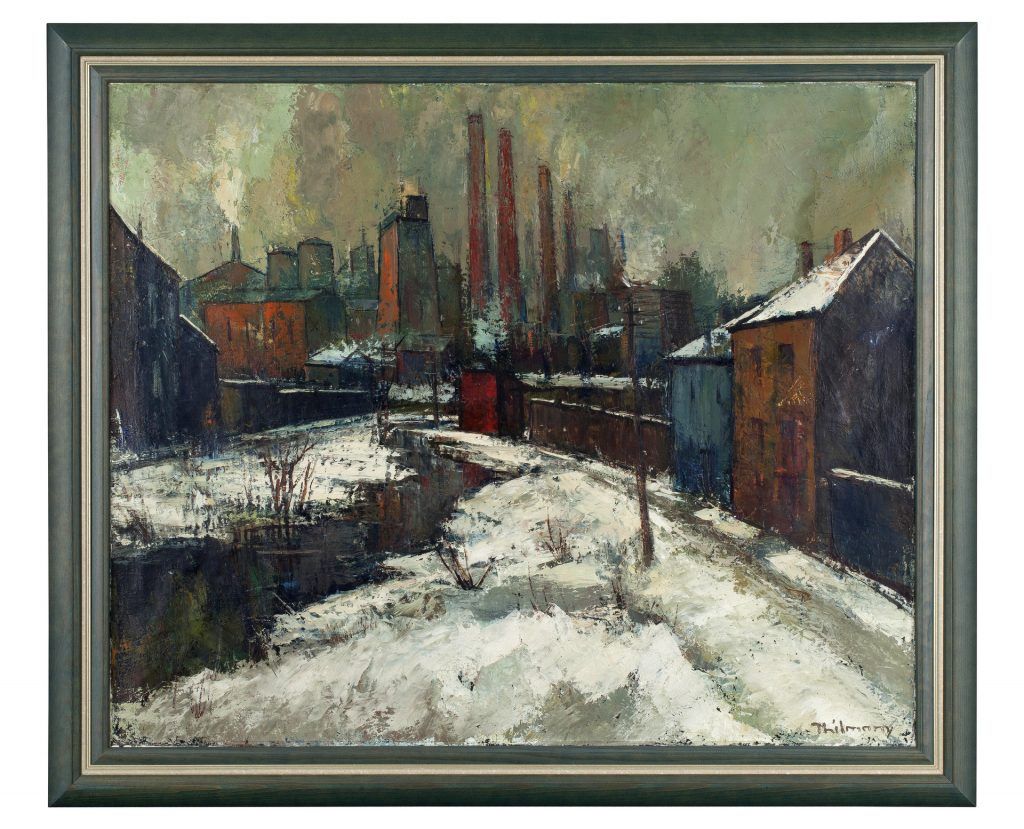Mai mulți artiști din:
Luxemburg

Usine à Gaz
Jean-Pierre THILMANYClick on the coloured dots and discover the european historical context
Browse the calendar and discover the european historical context
- 1944
- 1945
- 1946
- 1947
- 1948
- 1949
- 1950
- 1951
- 1952
- 1953
- 1954
- 1955
- 1956
- 1957
- 1958
- 1959
- 1960
- 1961
- 1962
- 1963
- 1964
-
1950
Schuman Declaration
French Foreign Minister Robert Schuman proposes a plan to transform Europe through a step-by-step process with the aim to make a future war in Europe impossible and lead to the unification of the continent.
The Union shall contribute to the flowering of the cultures of the Member States, while respecting their national and regional diversity and at the same time bringing the common cultural heritage to the fore.
(Treaty on the Functioning of the European Union. Title XIII, Article 167)
-
1952
Treaty of Paris
The Treaty of Paris establishes the European Coal and Steel Community, which aims to build a common market for coal and steel in order to prevent future conflicts over these valuable resources.
The ECSC is a precursor of later European organisations.
The founding members of the Community are Belgium, France, Italy, Luxembourg, the Netherlands and West Germany.
A Common assembly of “the people’s representatives” is established under the treaty. -
1954
Every citizen shall have the right to participate in the democratic life of the Union. Decisions shall be taken as openly and as closely as possible to the citizen.
(Treaty of the European Union, Title II Article 8A.3)
-
1956
Hungarian uprising
An uprising in Hungary in late October against the country’s Communist government prompts an invasion of Soviet forces that suppresses all opposition to Communist rule.
-
1957
Treaty of Rome
The Treaty of Rome establishes a European Economic Community with the aim of building a customs union among member states, and a European Atomic Energy Community to promote cooperation in the nuclear field.
-
1958
European Parliamentary assembly
The first meeting of the common assembly of the three European communities is held in Strasbourg, France. Members are not organised in national delegations but along political lines. Robert Schuman becomes the first president of the institution known as the European Parliamentary Assembly.
-
1961
The Berlin Wall
The Berlin Wall is built. Over the years it becomes a symbol of separation of the Soviet-dominated eastern bloc from the rest of the continent.
-
1962
European Parliamentary assembly became European Parliament
The parliamentary assembly starts calling itself the European Parliament, a name only officially sanctioned in 1987.
-
1963
Yaoundé Convention
The EU signs its first big international agreement (The Yaoundé Convention), a deal to help 18 former African colonies. By 2005, it has a special partnership with 78 countries in the African, Caribbean and Pacific regions. The EU is the world’s biggest provider of development assistance to poorer countries. Its aid is linked to the respect of human rights.
